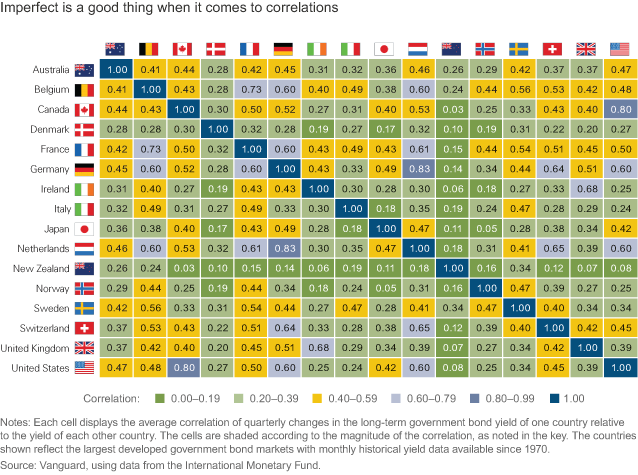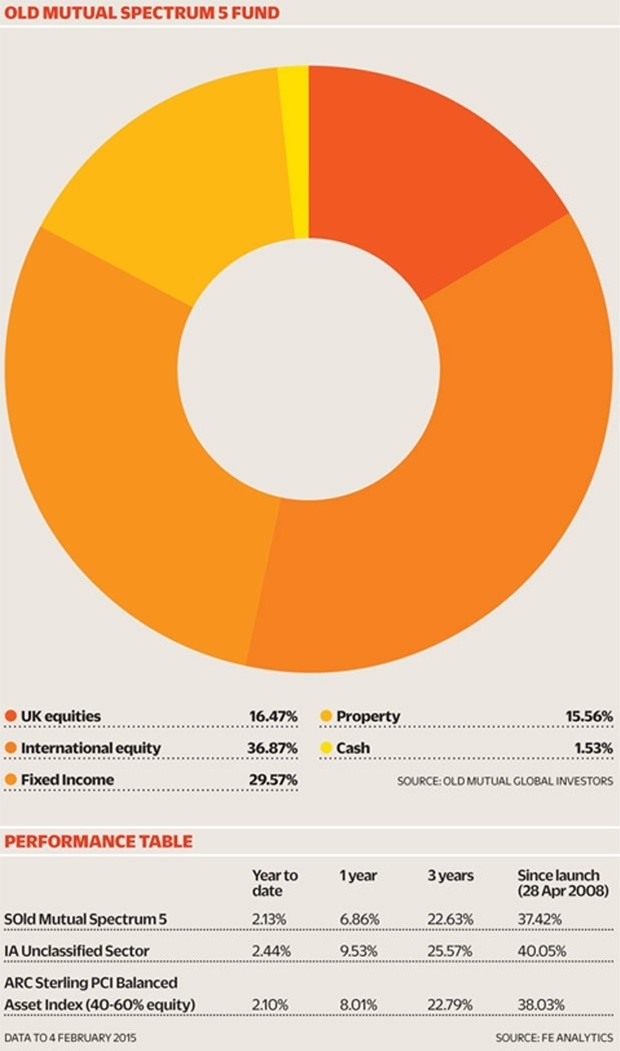Zero Duration Assets Independent Financial Advice
Post on: 12 Май, 2015 No Comment

Zero Duration Assets: Independent Financial Advice
Will Zero Duration Assets Beat Inflation, Diversify Against Risk and Go Up When Stocks Go Down?
The duration of an asset is the time it takes to get paid back after you bought it. So a zero coupon bond that pays nothing until maturity has a duration equal to its maturity date. A one month CD, that pays interest at the end of the 30 day holding, would have a duration of one month.
A typical bond might have an eight year maturity and a five year duration. The reason the duration is about a third less than the maturity is because of the interest payments.
A “demand deposit” (a checking account) has a zero duration because you can get the money back immediately.
Collectables are zero duration assets because you immediately get the benefit, assuming you want to consume it. If you own a bottle of rare wine as long as you own a corkscrew then you can get an immediate benefit. If you own art work like an original oil painting you get the benefit by looking at the painting. Holding precious metals is a zero duration asset because you get the satisfaction of looking at it and in theory can sell it immediately.
Except for cash or near cash equivalents, zero duration assets are “collectables”. If society suffers from a Depression including loss of employment and loss of economic growth then collectables will become worth far less than their value during prosperous times. Also collectables will become illiquid, hard to sell, hard to borrow against, or to estimate a value. An asset should be judged by its risk as well as its rewards. The hidden risk of zero duration collectables is that they can go down in value during a depression more than things that are easier to value such as shares of large cap stocks. If the hidden contingent risk is greater than the reward then it is a bad investment.
The Greenspan-Bernanke era debt bubbles enriched the elites who were most capable to utilize cheap and plentiful credit. So they used their excessive ability to access money and credit by overpaying for luxury collectables. The resulting surge in price made collectables look like a respectable asset class. But society may be going through a prolonged multi-decade period of deleveraging where consumers need to sell off luxuries to pay down debt. Eventually some of the elite may find that their assets were propped up by a debt bubble; when the assets decline (like stocks and real estate) the elites will also need to deleverage, resulting in fire sales of collectables.
If inflation returns this will make people poorer and people will balance their budget by selling off unneeded luxuries, so I doubt the ability of collectables to beat inflation. If inflation returns lenders will be ready with adjustable rate loans and they will charge high rates to protect themselves from inflation. Thus borrowers won’t be able to afford to borrow and there will be no repeat of the inflationary 1970’s credit binge. In that era lenders were dumb enough to lend a greater proportion of money in the form of fixed rate loans; today bank loans except for mortgages are variable rate. So the next inflation cycle may not enrich holders of zero duration collectables.

Collectables have a 28% Long Terms Capital Gains tax instead of the 15% rate for other assets.
Collectables must be kept in a safe
The greatest danger of collectables is that investors may buy them and fantasize that they are investing when they are really consuming an asset that has maintenance costs and no yield. A similar problem occurs with owner occupied homes where people over-consume a house that is too big and they are wasting money by buying a home larger than what they need.
I wrote an article “Inflation hurts real estate ” where I mentioned that assets propped up by debt are hurt by rising interest rates caused by inflation. I wrote how Japan’s monetary bubble of the 1980’s made the price of collectables go up on a worldwide basis in “Japan’s monetary policy”. When a monetary bubble bursts then collectables get jettisoned by some over-leveraged owners.
Investors should seek independent financial advice.














